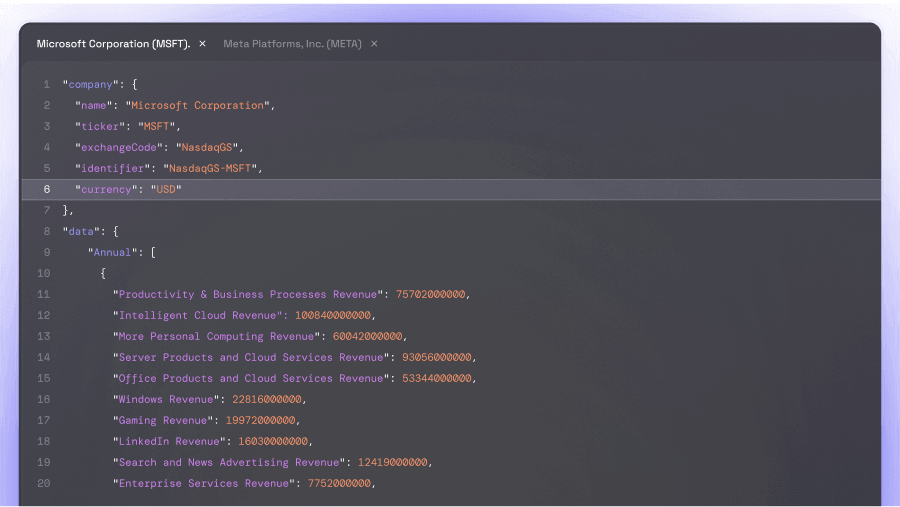### What Is Gnosis (GNO)? Gnosis (GNO) is a decentralized platform designed for prediction markets built on the Ethereum blockchain. It enables users to create markets where participants can forecast the outcomes of future events, ranging from sports games to political elections. Utilizing the blockchain’s secure infrastructure, Gnosis ensures transparency and minimizes the risk of fraud. GNO tokens serve as the native currency within the Gnosis platform. These tokens are used to access various features within the ecosystem, including trading on prediction markets and participating in governance decisions. The platform aims to harness collective intelligence through decentralized prediction markets, offering insightful forecasts based on participant betting. For detailed statistics and information on Gnosis, its market performance, and additional metrics, refer to Eulerpool.
Gnosis is a collective of projects aimed at transforming payment infrastructure to ensure decentralized financial tools are accessible and usable for everyone. Central to the Gnosis ecosystem is Gnosis Chain, a highly secure, resilient, and decentralized EVM Layer 1 network. The ecosystem also includes Gnosis Studio and GnosisVC, which are the venture-building entities responsible for developing, investing in, and incubating numerous leading decentralized solutions. These initiatives are establishing an inclusive infrastructure that bridges the divide between blockchain technology and practical, everyday applications and use cases.














